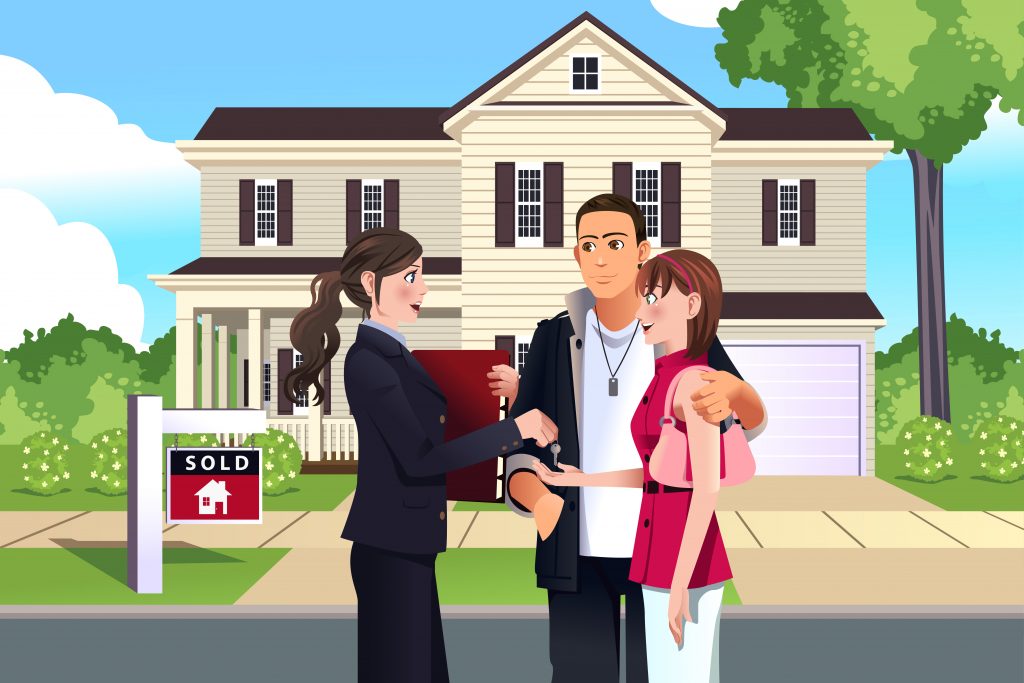Building Better Business Relationships

Growing a small business was simpler in the past: Build a good product or offer a good service, come up with a catchy tagline, and advertise in the local newspaper. There were few other channels available to local businesses that successfully and inexpensively reached new prospects. Advertising had a formula: catch a reader’s attention, give them a reason to call you, and run your ad with frequency. Assuming you checked off all the boxes, you were pretty much guaranteed a decent return on investment.
Ah, the good old days.
Now, newspaper advertising plays only a small part in a business’s marketing ecosystem, if any. There are so many other ways to reach people – trade and specialty magazines, email, social media, SEO, SEM, digital advertising, TV, radio, outdoor advertising, sponsorships, direct mail – that it is challenging (and expensive) to figure out what mix works best. And, people are inundated with advertising messaging, so much so that most have become numb to it.
A powerful strategy for overcoming today’s “noise” challenge is to develop personal relationships with prospective customers.
My grandfather used to tell me “You can’t do good business with bad people,” and he was a wise man. People want to work with people they like; people whom they trust. The quickest way to create a trusted relationship with someone is by sharing something of value.
This is a relatively easy thing to do. Here’s a breakdown of the steps:
- Identify if a person is a likely prospect for your product or services by asking questions about their needs. (For example, you’re a realtor, and you learn your prospect is an empty-nester who wants to downsize to a beachside bungalow)
- Ask if you can text them your contact information and follow up with them later
- Follow up with them within an hour two (if possible) with something of value. (For example, you provide them a list of top beachside communities in their area).
- If they respond favorably to your text, then follow up with them to progress the opportunity.
Texting a prospective customer (after they’ve given you permission) is 250x more profitable than handing out a paper business card. And by texting something relevant and of value, you’ll create a trusted relationship that will lead to future business and referral opportunities.
To make this process quicker and easier, include SavvyCard in your workflow. There are built in components to SavvyCard that streamline your efforts and make building better business relationships even simpler.
First, share SavvyCard to your prospect instead of a business card or email for communicating your contact information. SavvyCard gives you two advantages over business cards:
- Sharing a SavvyCard automatically captures the prospect’s contact information allowing you to proactively follow up.
- SavvyCard’s custom branding makes a professional and unforgettable first impression.
Second, when a prospect receives a SavvyCard from you, they’ll be prompted to save your contact information to their address book.
This is important for two reasons:
- When you follow up with them, they’ll recognize who the text or phone call is coming from and won’t send ignore you or send you to voicemail.
- They can always easily get back in touch with you.
Once you have delivered a successful product or service to your now-customer, share their success story on Social Media, thank them and include a link to your SavvyCard so other people can easily reach you, and so they can share your SavvyCard on social media as well.
There are many other business best practices that can help you build better business relationships and generate more sales, but this is a great place to start.
To learn more ways SavvyCard can help you grow your business through better relationships, reach out to Ruth at SavvyCard and she’ll be glad to walk you through how you can do more business with less effort. Simply contact her through her SavvyCard.
Author: David Etheredge, SavvyCard CEO/Co-Founder
